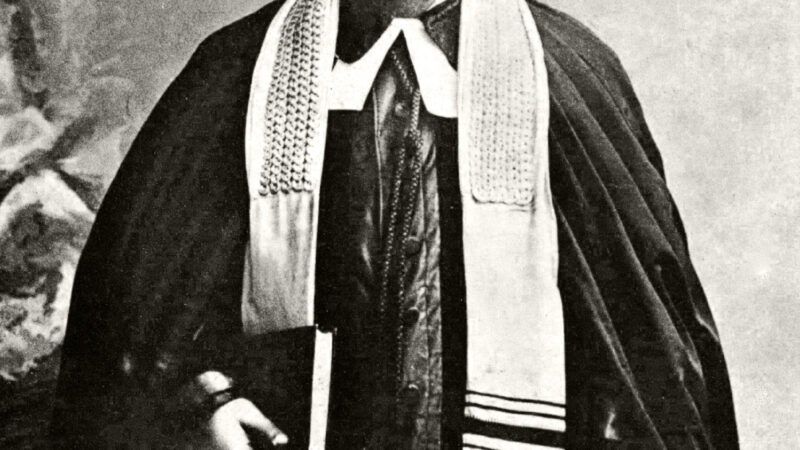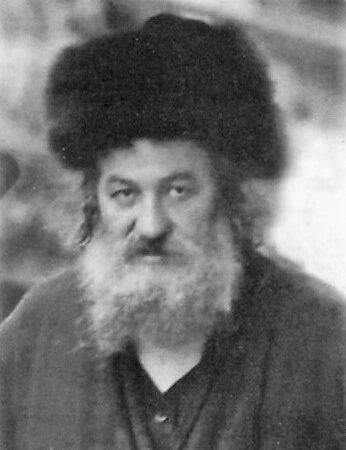The Neilah of Jewish Warsaw – The final Yom Kippur prayer
With the Jewish High Holidays approaching, it is perhaps appropriate to reflect on the challenges and responses of Jews who were confined to the Warsaw ghetto during these sacred days.
With the German occupation of Warsaw, public prayer services were banned. Despite this, many Jews continued to organise and participate in regular prayer services and continued to maintain their traditions as much as possible. In 1941, the three largest Synagogues in the ghetto area, Tlomackie, Nozyk and Moriah, were officially allowed to reopen for the holidays. In the diary of Chaim Kaplan (October 10th, 1941) the author relates how prayer services were arranged in many private buildings, and the groups were filled to overflowing. This was in stark contrast to the Yom Kippur of 1942.
At this stage, the mass deportations of 1942 from Warsaw to the Treblinka extermination camp, had decimated the ghetto population. Few families survived intact. Hundreds of thousands of Jews from the ghetto had been murdered in Treblinka and the reality of the situation engulfed the remaining survivors.
In a detailed and emotional account, Dr Hillel Seidman reports in his Warsaw Ghetto Diaries (September 21st 1942), on the prayers conducted during Yom Kippur in the Warsaw ghetto. The world famous chazan Gershon Sirota led the services in one of the ghetto workshops, apparently the Hallman shop.
The Germans had decreed that work must continue through Yom Kippur but the Jews devised strategies to circumvent this. Workshops organised their own communal prayers, where Jews prayed with broken hearts and great devotion. In one workshop the famous chazan, Gershon Sirota, led the prayers.
According to Seidman, even in the years preceding the war, his voice had become weaker without its previous resonance. Then, during the service on Yom Kippur 1942, at an advanced age and under the oppressive conditions, his voice amazingly returned to its previous power and charm, bringing the congregation to tears.
“The small room was tightly packed, but Sirota’s sweet melodious voice enraptured them all, as he implored, Umalei mishaloseinu (“Fulfil our entreaties”)… His enunciation of that last word, rachamim (“with mercy”) mirrored simultaneously both the sobbing plea of a child and the desperate cry of an adult. All the many echoes of those sadistically persecuted and brutally murdered could be heard in that word.”
Particularly moving was when Sirota broke down as he sang the traditional Avinu Malkeinu (“Our Father our King”) “Act for the sake of those slain for your Holy name! Avinu Malkeinu…Act for those slain for the sake of your unity! Avinu Malkeinu… Act for the sake of those who have been through fire and water to sanctify your name!”
The words of the age-old prayer accurately reflected the pain and scale of the tragedy that was felt by all present, piercing the soul of all who heard. Sobbing, the worshipers remembered their precious family and relatives. This was no longer an abstract Hebrew prayer, but a real and bitter reflection of personal loss and despair.
Seidman describes how when praying the last prayers of Yom Kippur with Rabbi Menachem Ziemba, an acquaintance, the Judenrat executive Pinchas Wasserman, informed him of an “aktion” at the Shultz workshop of Avraham Hendel in Nowolipie St.
He describes how from the Judenrat window at 19 Zamenhof street he saw Jews being led to the Umschlagplatz. Even though it was already dark he claims to have recognised some of them including Rabbi Meir Alter, the firstborn of the Gerrer Rebbe “dressed in ordinary working clothes and apparently lost in thought” with Yitzchak Eisner, Rabbi Meir’s son in law, Wolf Landau and his wife and twin sons.
This was the last Yom Kippur observed in the ghetto and one of the last moments of tradition in what was Jewish Warsaw. The chazan Gershon Sirota eventually died during the Warsaw ghetto uprising of 1943.
rabbi David Berman
(See The Warsaw Ghetto Diaries, Dr Hillel Seidman. Targum Press, 1997.)




